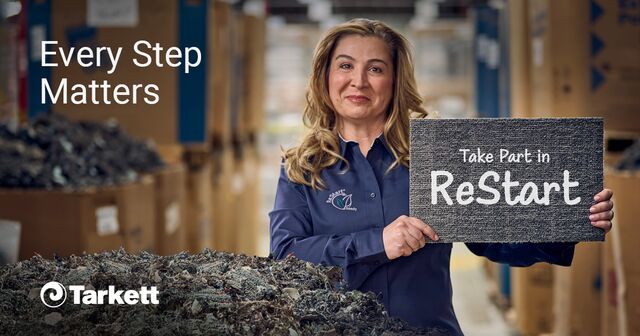Recycling old flooring does not have to be costly or a schedule constraint.
As more organizations set ESG (Environment, Social, Governance) targets for sustainability and the circular economy, landfill diversion is an increasingly important factor. The EPA (Environmental Protection Agency) reported that less than 10% of the carpets and rugs manufactured in the U.S. are recycled, with over 72% ending up in a landfill. The Tarkett ReStart program is changing that.
Meet ReStart
Between 2010 and 2023, the ReStart program has taken back about 119,000 tons of flooring globally. In 2023 alone, in the U.S., ReStart recycled about 1.5 million pounds of flooring materials. ReStart accepts any flooring their customers are removing from their facilities and adheres to strict auditing processes to certify the weights of products taken back. Work Design Magazine spent some time with Rachel Palopoli, Director of Circular Economy, to understand key components of the ReStart program.
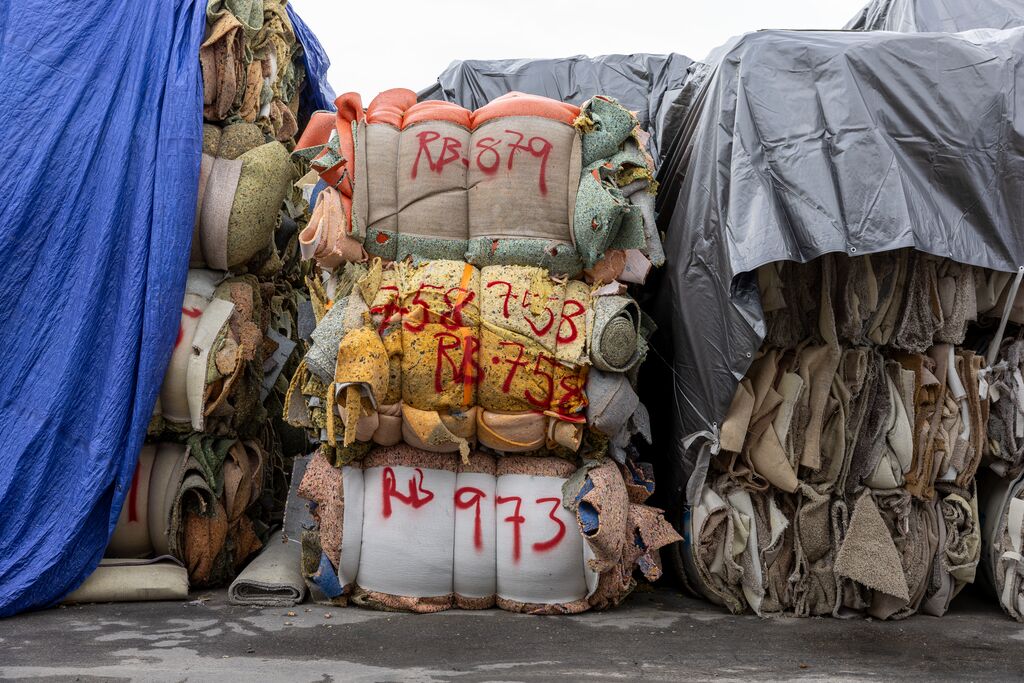
WDM: The ReStart program is open to all stakeholders in the design and construction process. Can you tell us more about the players and their roles?
Rachel Palopoli: Tarkett works with end users, specifiers, contractors, and recyclers globally. Their roles range from writing recycling into their new project specifications to reaching out to ReStart to explore a landfill-diversion solution for their old flooring. A person’s role in the project typically determines how they interface with the ReStart program and at what phase. The initiation of the recycling project could come from a variety of stakeholders. At times, the decision is driven by the end user. Other times, it’s the contractor who voices the importance of and desire to divert material from landfill. Tarkett is happy to work with any and all project stakeholders toward the common goal of landfill diversion.
WDM: Who does the actual flooring removal?
Rachel Palopoli: As in any construction project, the removal is a part of the demolition process, handled by the General Contractor’s demo crew or flooring contractor.
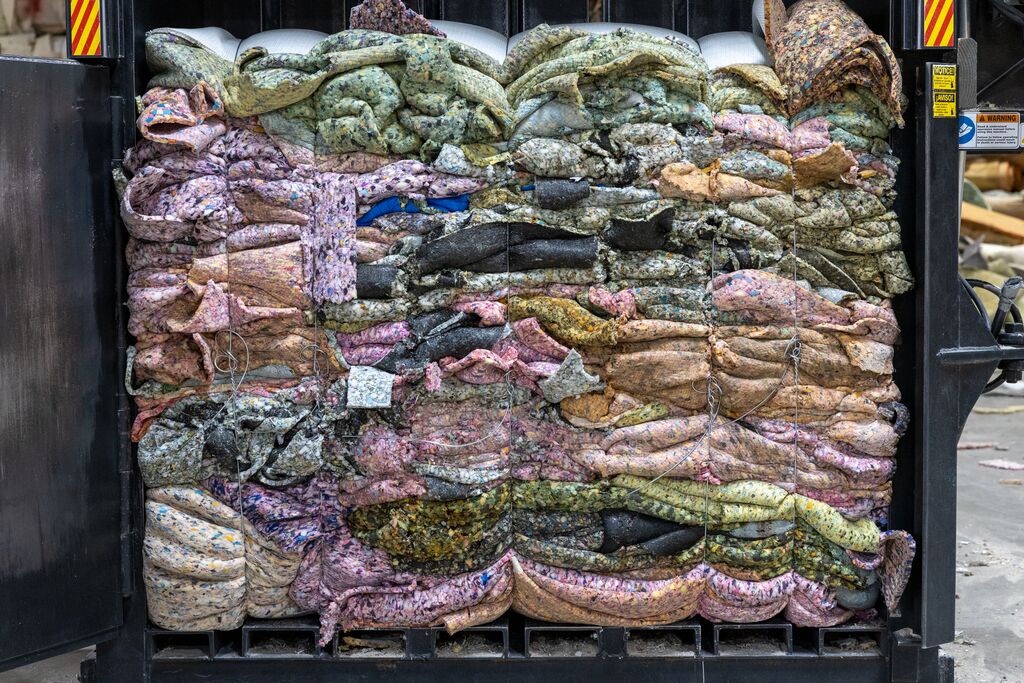
WDM: What are the schedule impacts of working with the ReStart program?
Rachel Palopoli: It depends on the project, the project team, the stakeholders involved. We always advocate bringing us in as early in the process as possible. Let ReStart be a part of the initial scheduling so that everyone involved is aware of the project intention and include the removal and palletization of old flooring as part of the demo plan from the beginning. This isn’t to say it always happens this way – and we are as agile as we can be when we’re called in at the 11th hour – but ideally, working recycling into the plan at the start of the process is best for everyone.
Tarkett is committed to creating a circular economy where nothing goes to waste. Through the ReStart take-back and recycling program, we’re doing everything we can to ensure your old flooring is kept out of a landfill and given a new life.
WDM: Describe what happens to the flooring products after removal.
Rachel Palopoli: The products can be internally recycled at Tarkett, or externally recycled through one of our many partners, or donated for reuse if it’s in usable condition. Our goal with the ReStart program is to ensure that nothing goes to a landfill because there are so many useful things that can be done with the material. If Tarkett can’t use a collected material as a raw ingredient in its own manufacturing, we know that someone else can. That’s why we partner with other industries to make sure that wherever possible, nothing goes to waste. For example, we’ve partnered with a company in the automotive industry that is able to use ground LVT in their manufacturing process.
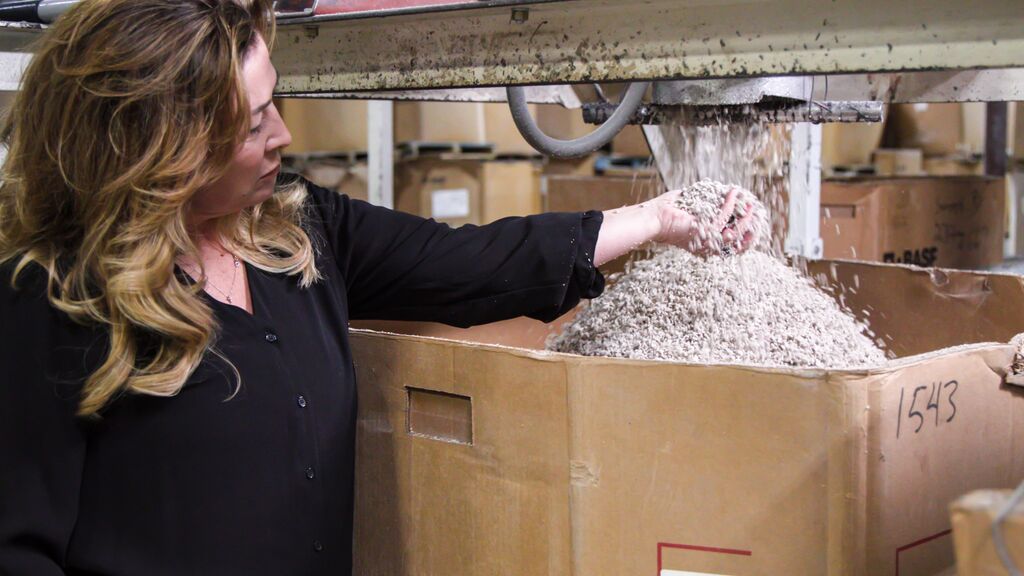
WDM: Describe the infrastructure that Tarkett has established to minimize travel of recycled products.
Rachel Palopoli: We always look to minimize GHG (Green House Gas) emissions and only send full truck loads to a final destination and partner externally to consolidate smaller loads, etc. Like everything we do, we take a holistic approach to diminishing waste and carbon emissions while understanding that we can’t let perfect be the enemy of good.
WDM: How are the costs covered for the ReStart program?
Rachel Palopoli: Costs vary depending on geography, which product is being removed, what product is going in, and recycling partners. Tarkett leads the management of this process and work with each partner to make the ReStart choice fit into the budget.
WDM: Can you share any success stories of projects using the ReStart Program?
Rachel Palopoli: Yes. View our latest case study with Loyola Marymount University below.
WDM: Finally, tell us about Tarkett’s global commitment to the circular economy.
Rachel Palopoli: I would explain it as follows. At Tarkett, we’re committed to a sustainable, circular economy that creates value for everyone, preserving natural resources, reducing our impact on climate change, and closing the loop on waste. Recycling is just one facet of our approach.
As a global organization, Tarkett is committed to ReStart initiatives worldwide. But just as the ReStart process can differ from state to state, it also varies from country to country. Waste reduction is a global concern so having research and development teams throughout the world who are committed to sustainable innovation is a huge benefit. We continuously learn from each other and share progress, whether it’s a new partnership that supports the separation of carpet fiber from carpet backing, or a new process for removing adhesive.
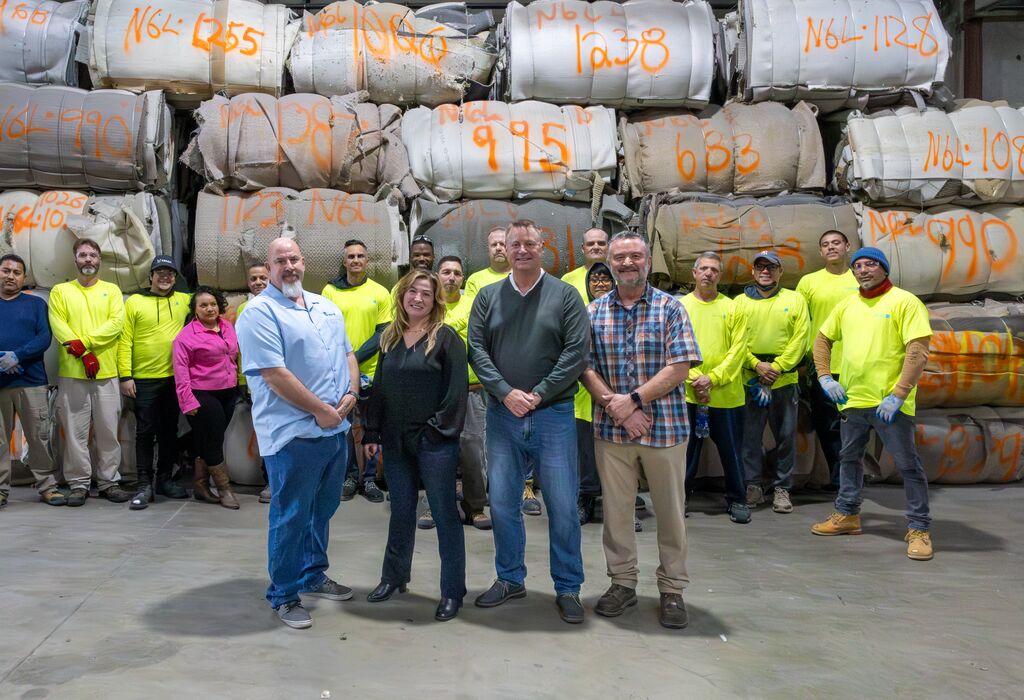
Feeling Inspired?
Here are some actions you can take now:
Learn More About ReStart | Connect with ReStart | Follow Tarkett on Instagram
